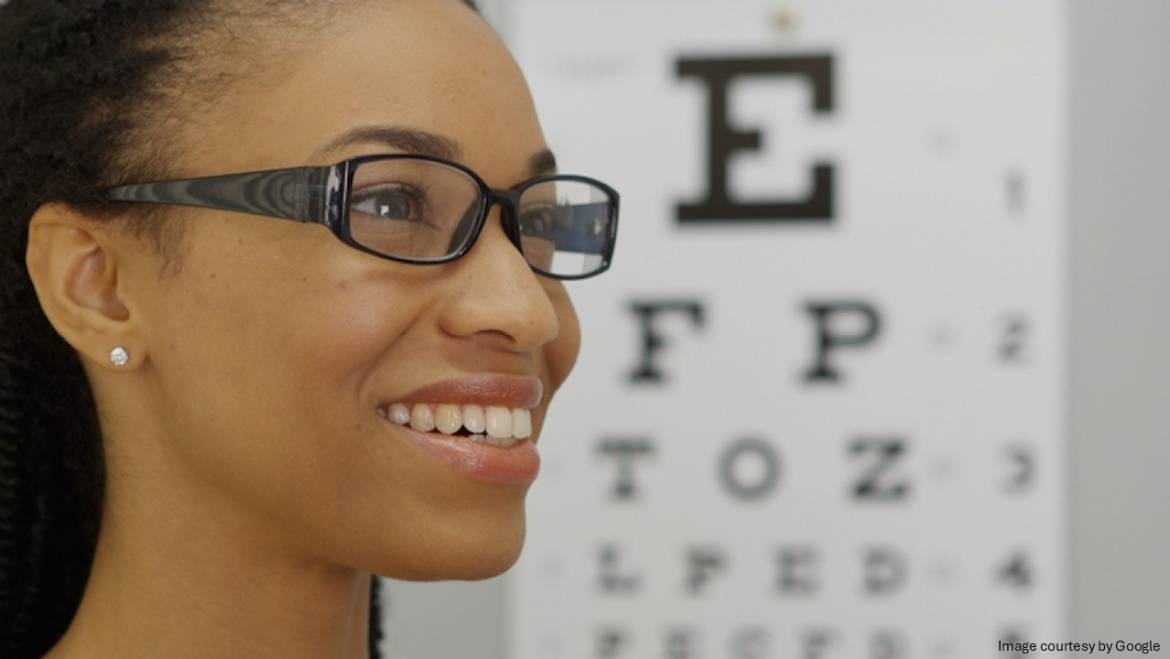A good vision is very important for everybody in this world. Having healthy eyesight helps you perform well in different tasks related to day-to-day activities. Adults can perform better in their work areas, and children can excel in their studies. Most people aged between 19 and 40 years generally have good vision, but various issues related to stress and eye injuries can hinder it, leading to several work-related problems. People in this age are typically busy with their studies, careers and building families. This is why these people often experience common eye and vision problems, some of which are due to lifestyle choices and others to underlying conditions.
This article addresses the most common vision problems experienced by individuals in the 19- to 40-year age group. You will also explore the common symptoms of vision problems, along with their causes and effective ways to manage them.
What are some common vision problems?
Several vision problems can arise between the ages of 19 and 40, but these can be managed with proper eye care. The common vision problems that can be noticed easily are:
-
- Myopia or near-sightedness – You can only see nearby objects clearly, but the objects at a distance appear blurry.
- Hypermetropia or farsightedness – The object present at a distance appears clearer, but close-up activities like reading books may be difficult.
- Astigmatism – It occurs because of an irregularly shaped cornea, which contributes to distorted or blurred vision at all distances.
- Presbyopia – When it comes to aging and vision problems, Presbyopia is an age-related loss of the eye’s ability to see close objects, typically starting around the age of 40.
- Double vision – Medically termed diplopia, double vision is the condition of seeing two images of an object. People with diplopia see two images of a single object when they are looking at it.
What causes vision problems?
Prolonged screen exposure, low screen contrast, inadequate exposure, and insufficient breaks are common causes of vision problems.
Symptoms of vision problems
The most commonly reported symptoms of vision problems are:
-
- Headaches
- Sore or tired eyes
- Dry or watery eyes
- Itching in the eyes
- Difficulty focusing
- Burning sensations in the eyes
- Extreme sensitivity to light, etc.

Here are a few things you can do to improve your vision as part of vision problem treatment:
-
- Eat a balanced diet rich with good servings of fruits and vegetables. The five servings of different fruits and vegetables will help replenish the lost antioxidants in the body and maintain good eye health. Include fish in your diet to reap the benefits of this nutritious food.
- Engaging in regular physical activity is essential. These exercises improve blood circulation and increase oxygen levels. Exercise also helps to remove unwanted toxins from the body. You could try different eye-related exercises to improve your vision.
- Protect your eyes from the harmful sun rays, as they can be very harmful to your eyes. The sun emits ultraviolet (UV) rays that are very harmful to the eyes and can damage the eyes’ vision as well. The sunglasses protect from UVA and UVB rays. It is essential to use a sunscreen lotion around the delicate eye area to protect the region from sun-damaging rays.
- Get regular eye checkups to assess whether your vision is affected and receive proper treatment at the right time. The scheduled eye examinations help protect your vision by identifying obvious signs and symptoms of eye problems.
- Avoid bad habit like smoking, as it increases the risk of age-related macular degeneration (AMD) and cataracts. It is one of the common eye care tips given by most eye specialists.
- Protect your eyes from the light emitted by digital devices, LED lights, and fluorescent lights, as these can cause slow damage to the retina and also increase the risk of developing AMD.
- Protect your eyes from occupational and household hazards by shielding them against splashes of chemicals and oils. Similarly, protecting the eyes from flying chips and metals, as well as burns from steam and UV/IR radiation. Protection of the eyes while playing sports that can cause eye injuries, such as football, basketball, and racquet sports, is very necessary. Ask your optometrist to suggest proper eye gear for providing protection.
Aging and vision problems are often closely linked. Vision problems with age progression may ultimately affect your vision. Everyone should have regular eye exams to detect common vision problems. Generally, children undergo eye exams in school as part of the school eye screening program. Adults may also undergo vision screening during their office health checkups. But many adults need more than just a vision screening. They actually require a comprehensive dilated eye exam. This special screening test is essential as some eye diseases may not have warning signs. These eye exams are the only way to detect these eye conditions in their early stages, when they can be treated easily. Common vision problems can be treated easily with OTP products, but for vision problems, it is necessary to get a proper examination and follow the advice of an eye specialist.
Takeaway!
From eye strain, infections, or early signs of serious conditions like glaucoma, individuals aged 19 to 40 are susceptible to various vision challenges. Eyes play a crucial role in both personal and professional lives, and neglecting eye health can lead to long-term complications. Moreover, aging and vision problems are also interconnected, which means eye issues progress with age. The best approach to prevent eye conditions is early detection through regular checkups and lifestyle changes. By making such small but consistent efforts today, you can protect your eyesight for decades to come.



